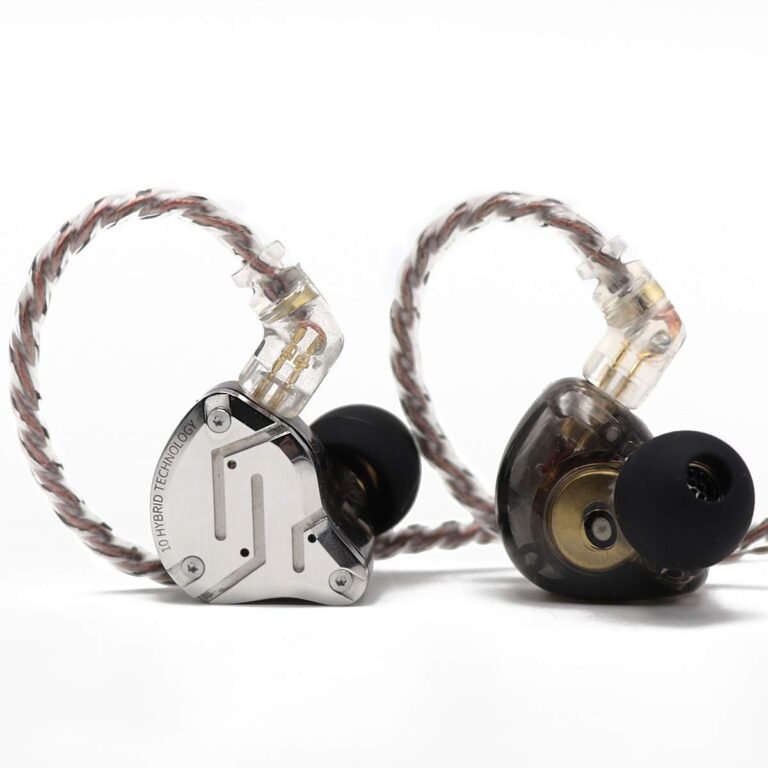
In-Ear Monitors: Why They’re a Game Changer for Music Lovers
In-ear monitors provide musicians and audiophiles with immersive sound, excellent noise isolation, and comfort, making them ideal for performances and personal listening experiences.

In-ear monitors provide musicians and audiophiles with immersive sound, excellent noise isolation, and comfort, making them ideal for performances and personal listening experiences.
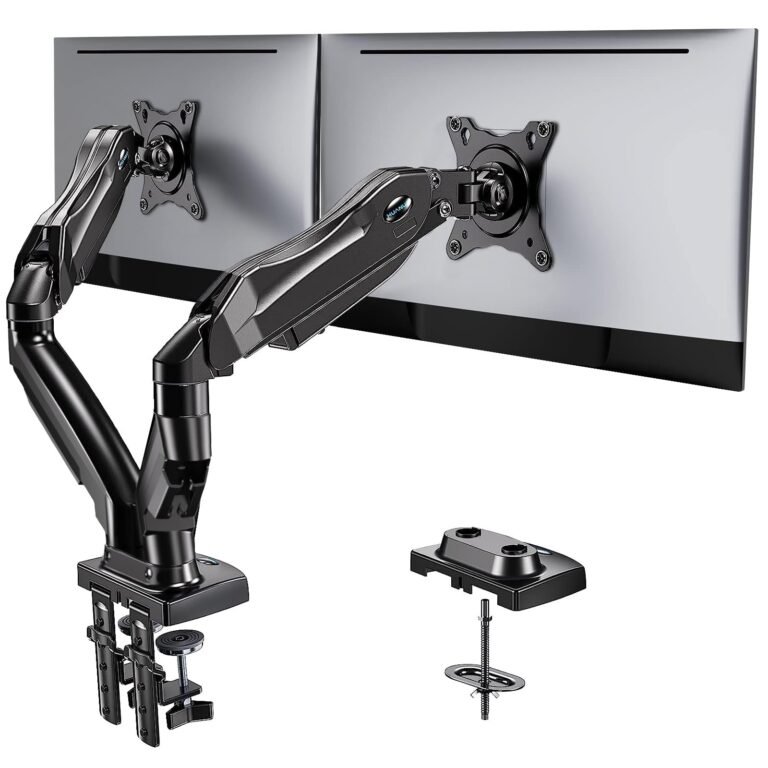
Monitor stands enhance workspace ergonomics by adjusting screen height and position, reducing neck strain and improving productivity. Key factors include adjustability, material, size, and cable management.

TRS cables connect audio devices, transmitting mono and stereo signals while reducing electromagnetic interference, making them essential for musicians and audio engineers in various setups.

Patch bays streamline audio routing in music studios, enhancing workflow and organization by enabling quick signal rerouting without unplugging cables, thus improving creative processes.
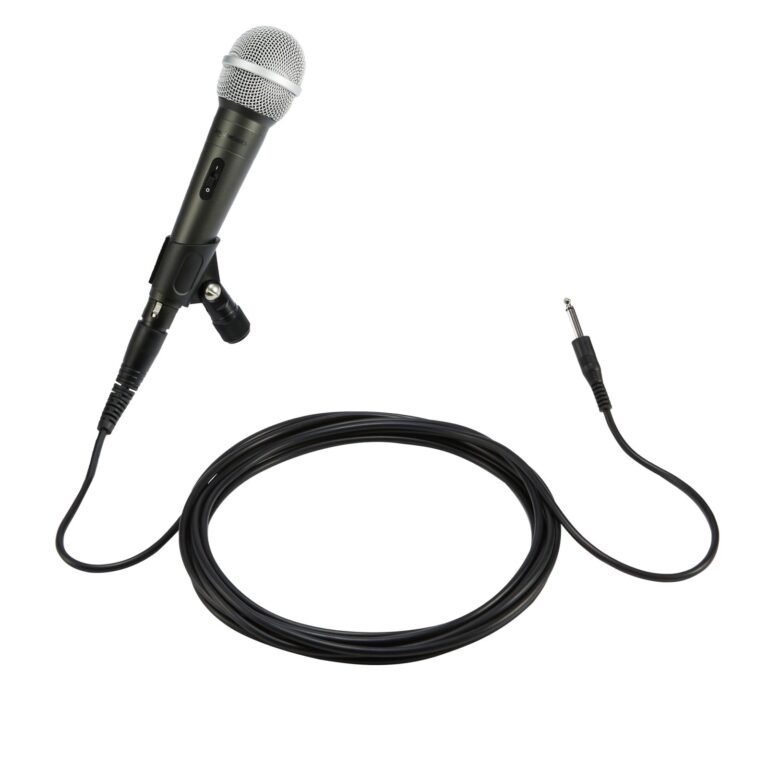
Dynamic microphones convert sound vibrations into electrical signals using electromagnetic induction, making them durable and reliable for live performances and studio recordings. Key factors include frequency response and directional patterns.
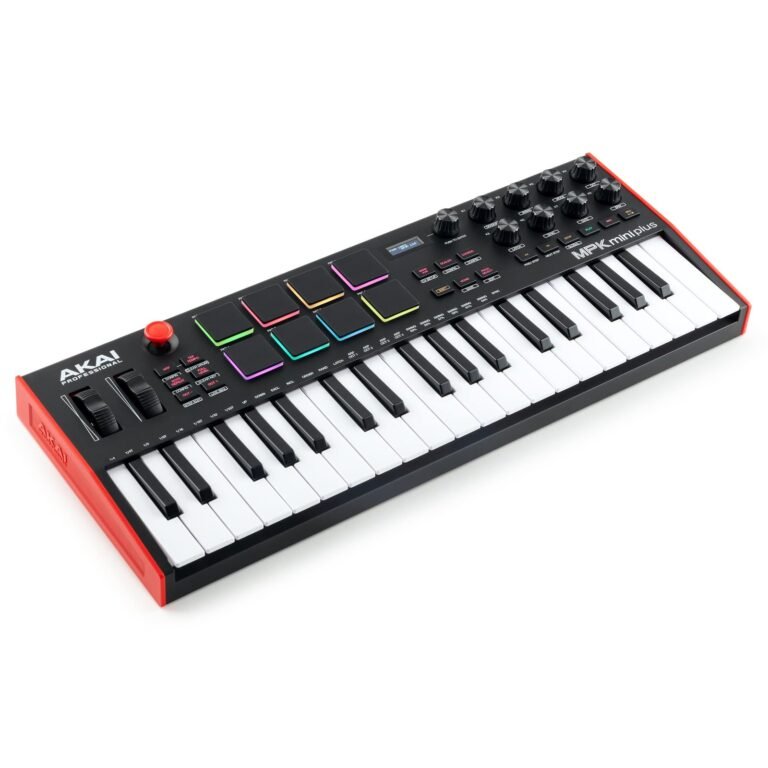
Music production relies on CV/Gate sequencers to control sound, rhythm, and melody, offering musicians precise manipulation of patterns and seamless integration with various electronic instruments.
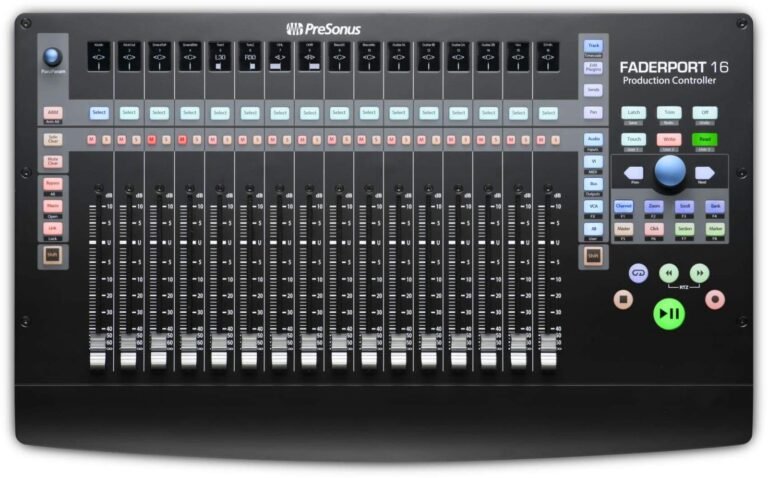
Mixer control surfaces enhance audio production by providing tactile control over digital audio workstations, improving workflow efficiency and creativity through physical mixing parameters.
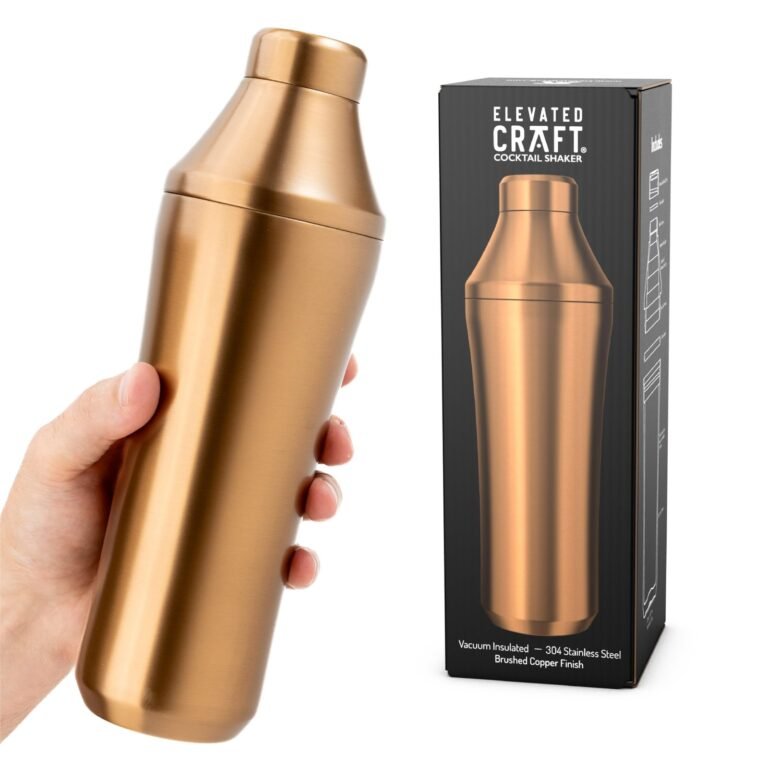
Hybrid mixers combine analog and digital technologies, offering flexibility, connectivity, and user-friendly designs, making them ideal for both professionals and hobbyists in various audio applications.
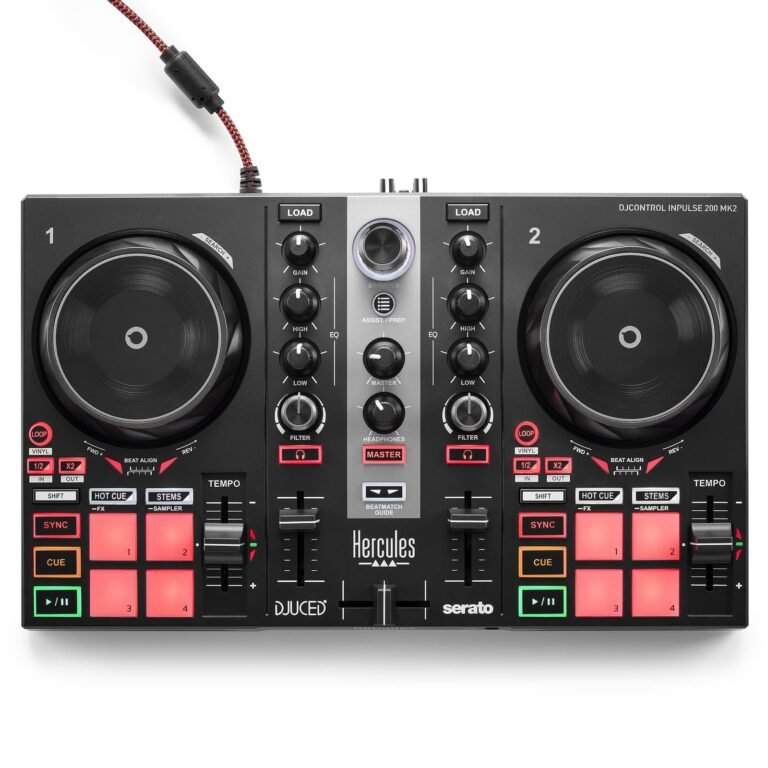
DJ MIDI controllers enhance digital music production and live performances by providing tactile controls that improve creativity and precision compared to traditional mouse and keyboard setups.
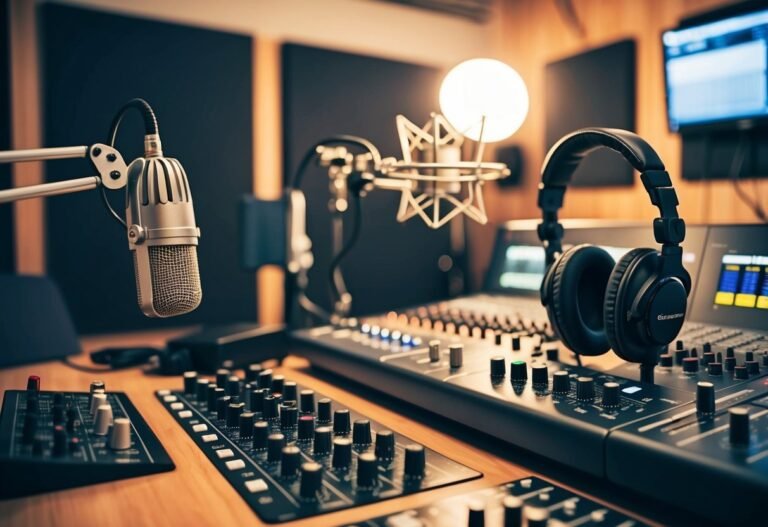
Studio recording requires essential equipment like microphones, audio interfaces, and monitors. Proper acoustics enhance sound quality, while digital audio workstations facilitate efficient music production.